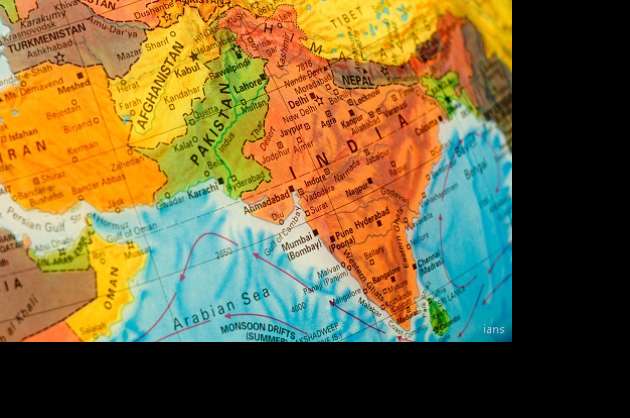Anupama Nair
www.mediaeyenews.com
Bharat, Aryavarta, or India whatever name you call her, has always been known as “cradle of civilization”. India is a country in the continent of Asia whose name comes from Sindhu or Indus River. The name 'Bharat' is also a name used for the country after the Emperor Bharat, whose story is told, in the epic Mahabharata.
The Puranas stated Bharat conquered the whole of Indian Subcontinent and he was said to have ruled his country in peace and harmony. The country, hence came to be known as ‘Bharatavarsha’. Nearly lakhs of years ago, Hominid activity was excavated in the Indian subcontinent and goes back to over 250,000 years, and we can proudly say, “one of the oldest inhabited regions on the planet”.
I spoke about ancient India and the pride I felt in my matrubhoomi and her greatness. Unfortunately, when Bharat Ma’s great son Prithvi Raj was martyred, it was an epoch-making event that heralded Islamic reign till 17th Century, when the Mughal rule thankfully lost its importance after the death of Aurangzeb.
Every one in Europe had a craze for Indian goods like Dacca Muslin and spices. The Royal families in Europe were addicted to them. The trade was done by Arabs who bought them from India and sold it to Europe. The trade route was through Constantinople, but the Turks conquered Constantinople in 1456 and put an end to the trade route. The Europeans were forced to look for an alternate route to India. It was Christopher Columbus who setout on a journey to India, He landed in an unknown land in 1492, which he thought was India. The New Land was called America after his death.
‘Colonial Rule’ was the part of the Indian subcontinent that was under the rule of European countries during the ‘Age of Discovery’. European power was exerted both by conquest and trade, especially in spices. A few years later, after Columbus Portuguese sailor Vasco da Gama became the first European to re-establish direct trade links with India since Roman times by being the first to arrive by circling Africa. He arrived in Calicut, that was one of the major trading ports of the world. He obtained permission to trade in the city from the Zamorin who were the ruler of Malabar. The next to arrive were the Dutch, with their main base in Ceylon. Their expansion into India was halted after their defeat in the ‘Battle of Colachel’ by the Kingdom of Travancore, during the Travancore–Dutch War.
Trading rivalries among the seafaring European powers brought other European powers to India. The Dutch Republic, England, France, and Portugal all established trading posts in India in the early 17th century. As the Mughal Empire disintegrated in the early 18th century, and then as the Maratha Empire became weakened after the Third Battle of Panipat with Ahmed Shah Abdali, and many relatively weak and unstable Indian states which emerged were increasingly open to manipulation by the Europeans, through dependent on Indian rulers.
In the later 18th century, Great Britain and France struggled for dominance, by direct military intervention. The defeat of the formidable Indian ruler Tipu Sultan in 1799 reduced the French influence. This was followed by a rapid expansion of British power through the greater part of the Indian Subcontinent in the early 19th century. Soon the British became the masters of the most of the Sub Continent excluding some territories like Gos, Pondicheri and Mahe.






























